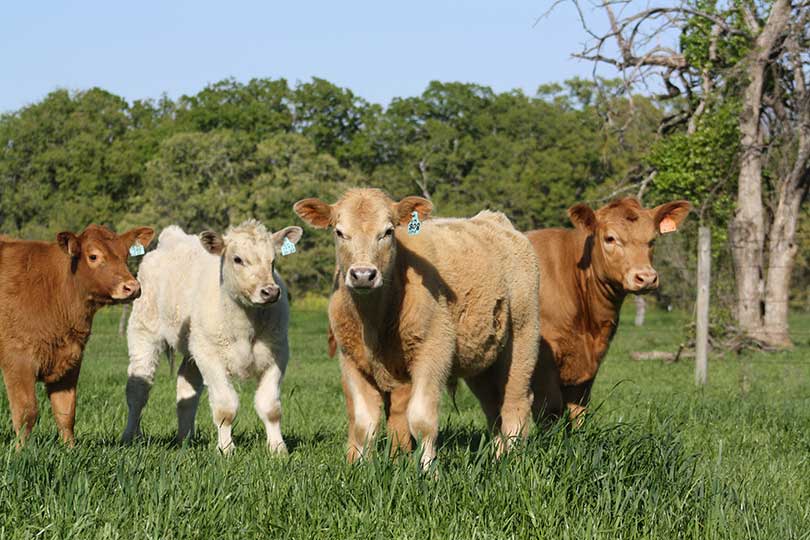By Shala Watson
Public Relations Intern
Recent rains brought benefits for spring forage growth and supplement for the Texas cow herd. But the extra moisture also brings back a few concerns for ranchers and their livestock.
And, like cattlemen across the nation, Texas ranchers are rebuilding their herds at an unprecedented pace.
According to the U.S. Department of Agriculture National Agricultural Statistics Service (USDA NASS), the Southern Plains—including Texas—had the most cow herd growth, aided by abundant moisture and record-high prices.
And there’s plenty of forage across much of the state to sustain the growth.
The recent winter rains in the central and eastern parts of Texas have provided a good moisture profile that delivers many benefits for forage growth. The excessive rainfall in regions of the state, however, has created flood issues for some ranchers.
Texas Governor Greg Abbott declared a state of disaster in 17 counties due to the flooding.
“The flooding down in Southeast Texas has caused some issues from safety and emergency evacuation procedures for ranchers and, in particular, the cattlemen down in those river bottoms,” Tracy Tomascik, Texas Farm Bureau (TFB) associate director of Commodity and Regulatory Activities, said in an interview with the TFB Radio Network. “Cattlemen in the southeast part of the state are dealing with the aftermath of the flooding and receding rainwaters.”
The wetter moisture pattern and lush green pastures are a refreshing change from the dry conditions the Lone Star State has faced over the past several years. But it does bring about different livestock health issues that ranchers haven’t had to deal with in recent years.
“Ranchers are going to be very weary and watchful of an issue that can pop up called grass tetany,” Tomascik said. “Cattle on lush pastures without an adequate mineral supplement high in magnesium can quickly fall victim to the disease, leading to sickness and death.
Although the Panhandle and regions south of there could still use more rainfall, the outlook for cattle remains positive, he said.
“That part of the state had adequate rainfall to get them through today. They’re certainly hoping for a little bit more, but they’ve been in much worse scenarios and endured those times in the past,” Tomascik said.
He recommends ranchers engage with veterinarians to discuss any potential livestock diseases associated with forage changes as we move into further into spring.


Good points to consider. Blessed to be ranching in NE Tx this season